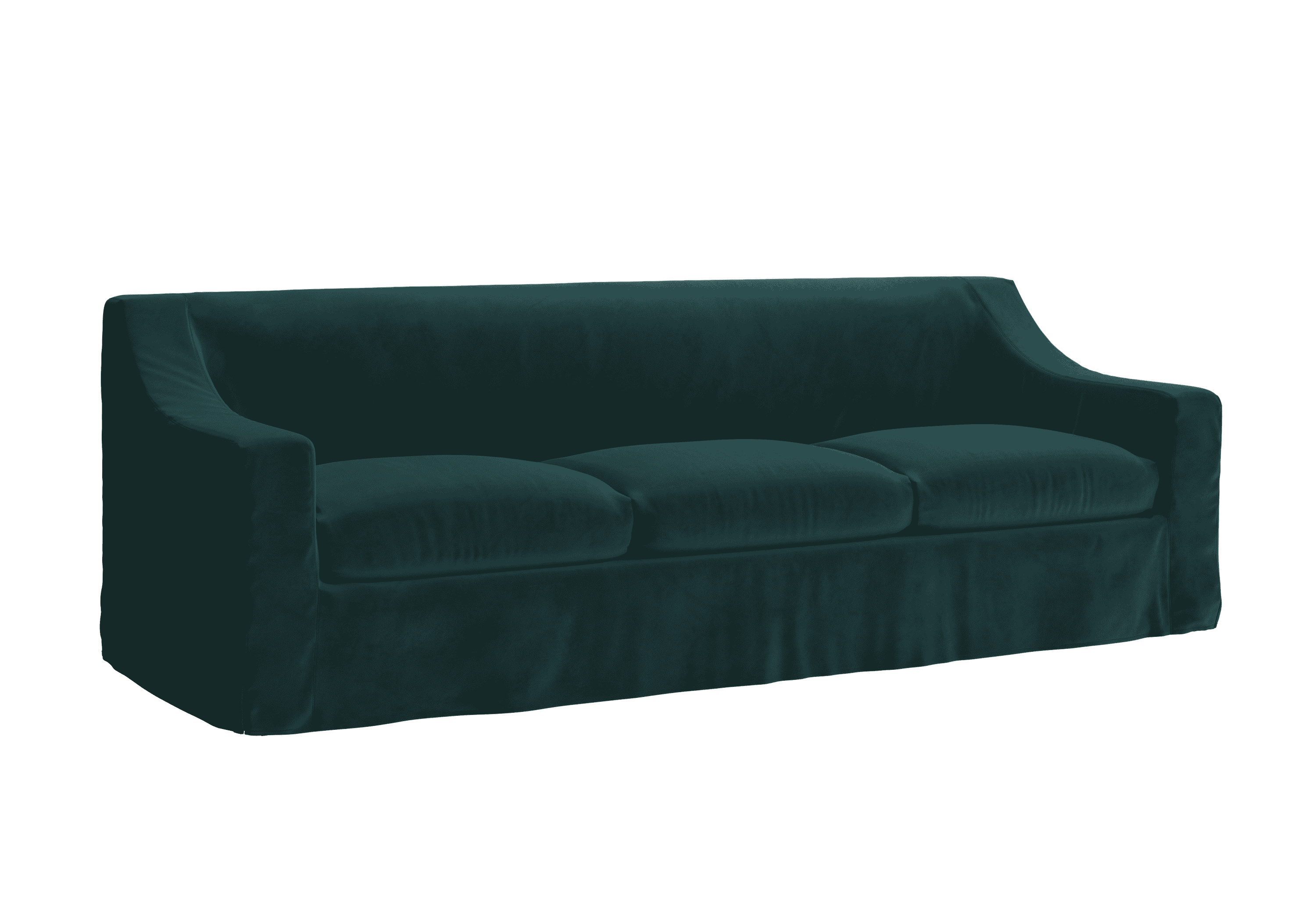Class is in session. And today we’re exposing the ins and outs of greenwashing: a marketing move used by companies to convince consumers its products are more green than they truly are.
We’ll explore the tactics companies use to attract eco-conscious consumers without doing the hard work. With our guide, you’ll have the tools you need to spot the difference between “green” and “greenwashed.”
Spotting Greenwashing in Furniture 101

Generally, companies that greenwash dedicate more time to creating the illusion of sustainability than they do actively working towards it. While greenwashing is purposefully deceitful, spotting it can be as easy as A,B,C:
1- Appropriated Aesthetics
Brands may use earthy or natural imagery to align its products with eco-conscious consumers, but that doesn’t mean they uphold these sustainability standards. Dig a little deeper into these companies to ensure you’re not just buying a pretty picture.
2- Blanket Buzzwords

When brands use buzzwords without backing them up, their words become meaningless. And the more vague the buzzword is, the more likely it’s greenwashing. Look out for empty buzzwords like eco-friendly, all-natural, non-toxic, and most importantly, green.
3- Confounding Claims
Greenwashing brands make claims that lack substantial evidence, contain half-truths, or are purposefully misleading. For instance, a company may state its tables are made of 50% recycled wood. Great, right? The reality: the rest is made of virgin materials.
Other companies will highlight their small eco-friendly efforts to redirect attention from larger sustainability issues. For example, a company may draw eco-conscious consumers by creating a “sustainable line” but still mass-produce the rest of their products.
How to Avoid Greenwashing

The best way to avoid greenwashing is by buying from brands who back up their claims and actively invest in sustainability. Look for furniture companies with eco-friendly stamps of approval like Green Business Bureau, Fair Trade USA Certification, Green Seal, and Certified B Corps (like us!).
Also, take note of a company’s investment in going green. Is their brand centered around sustainability, or do they only have one sustainable line? Do they admit their shortcomings? Look for transparent brands who take eco-conscious initiative through sustainability programs and regeneration efforts.
Lastly, buying second-hand furniture is always sustainable. You can shop Sabai Revive to find pre-loved Sabai pieces for less.






